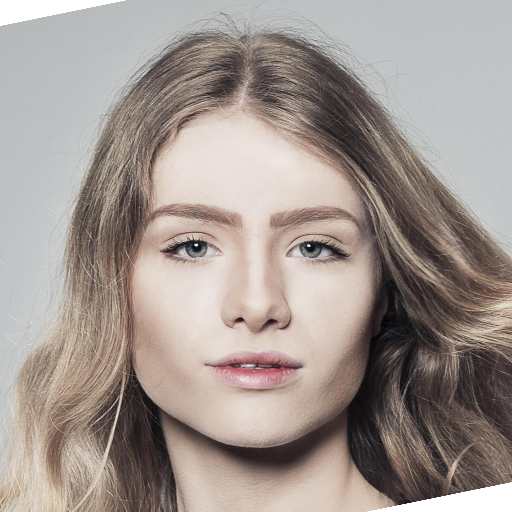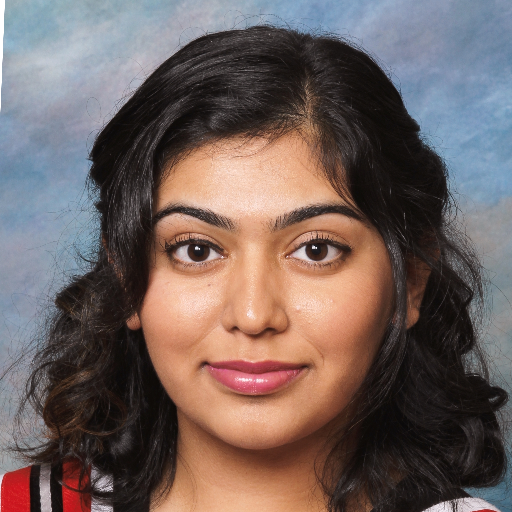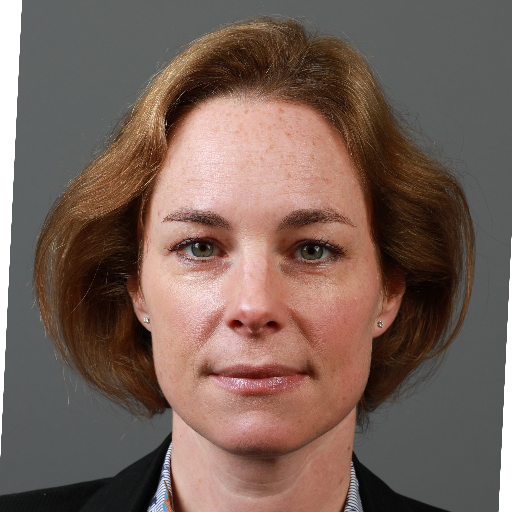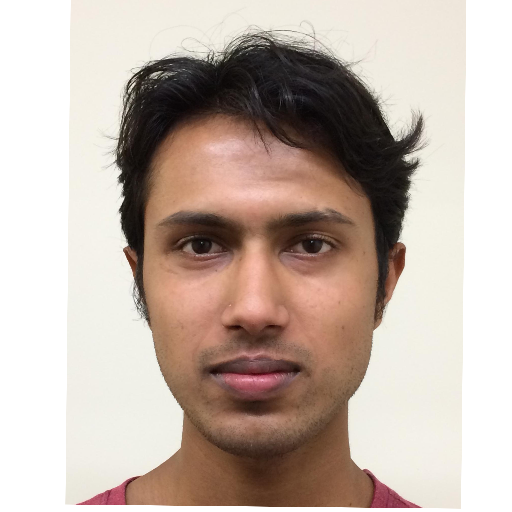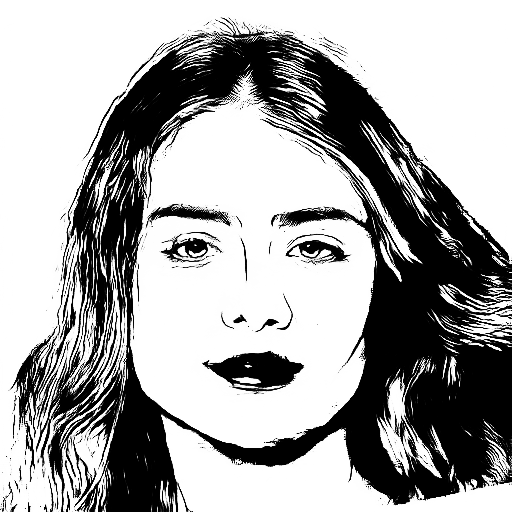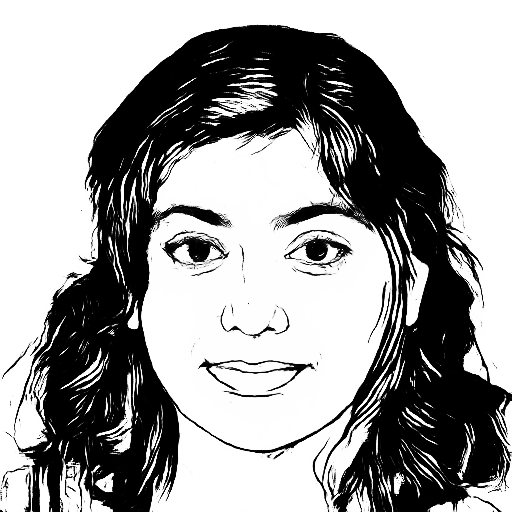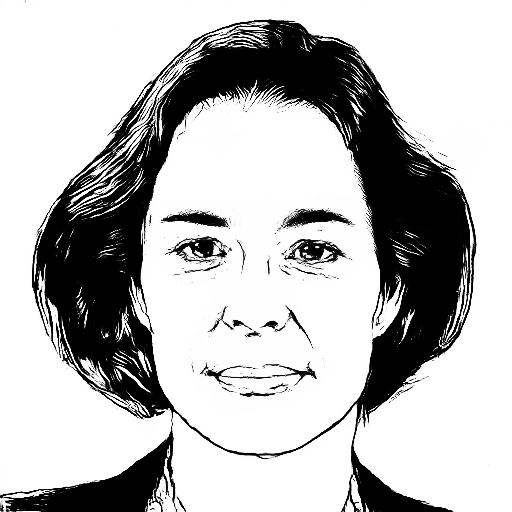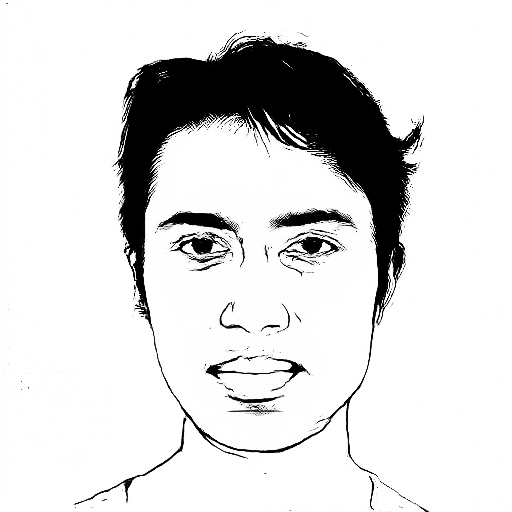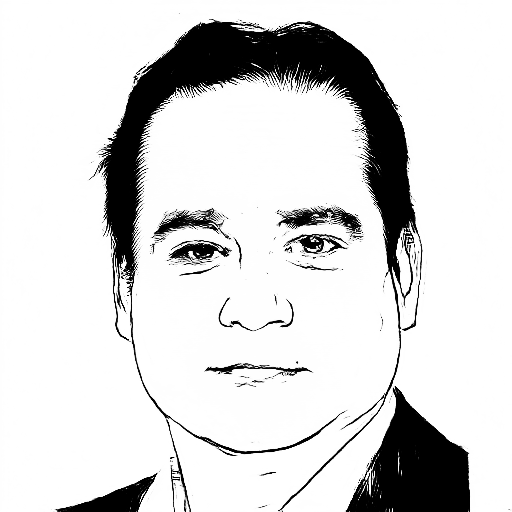yiranran / Apdrawinggan
Programming Languages
Projects that are alternatives of or similar to Apdrawinggan
APDrawingGAN
We provide PyTorch implementations for our CVPR 2019 paper "APDrawingGAN: Generating Artistic Portrait Drawings from Face Photos with Hierarchical GANs".
This project generates artistic portrait drawings from face photos using a GAN-based model. You may find useful information in preprocessing steps and training/testing tips.
Our Proposed Framework

Sample Results
Up: input, Down: output
Citation
If you use this code for your research, please cite our paper.
@inproceedings{YiLLR19,
title = {{APDrawingGAN}: Generating Artistic Portrait Drawings from Face Photos with Hierarchical GANs},
author = {Yi, Ran and Liu, Yong-Jin and Lai, Yu-Kun and Rosin, Paul L},
booktitle = {{IEEE} Conference on Computer Vision and Pattern Recognition (CVPR '19)},
pages = {10743--10752},
year = {2019}
}
Prerequisites
- Linux or macOS
- Python 2.7
- CPU or NVIDIA GPU + CUDA CuDNN
Getting Started
Installation
- Install PyTorch 0.4+ and torchvision from http://pytorch.org and other dependencies (e.g., visdom and dominate). You can install all the dependencies by
pip install -r requirements.txt
Quick Start (Apply a Pre-trained Model)
-
Download a pre-trained model (using 70 pairs in training set and augmented data) from https://cg.cs.tsinghua.edu.cn/people/~Yongjin/APDrawingGAN-Models1.zip (Model1) and put it in
checkpoints/formal_author. -
Then generate artistic portrait drawings for example photos in
dataset/data/test_singleusing
python test.py --dataroot dataset/data/test_single --name formal_author --model test --dataset_mode single --norm batch --use_local --which_epoch 300
The test results will be saved to a html file here: ./results/formal_author/test_300/index.html.
- If you want to test on your own data, please first align your pictures and prepare your data's facial landmarks and background masks according to tutorial in preprocessing steps, then run
python test.py --dataroot {path_to_aligned_photos} --name formal_author --model test --dataset_mode single --norm batch --use_local --which_epoch 300
- We also provide an online demo at https://face.lol (optimized, using 120 pairs for training), which will be easier to use if you want to test more photos.
Train
- Download our APDrawing dataset and copy content to
datasetfolder - Download models of pre-traning and auxiliary networks (for fast distance transform and line detection), from https://cg.cs.tsinghua.edu.cn/people/~Yongjin/APDrawingGAN-Models2.zip (Model2).
- Run
python -m visdom.server - Train a model (with pre-training as initialization):
first copy "pre-training" models into checkpoints dir of current experiment(
checkpoints/[name], e.g.checkpoints/formal), and copy "auxiliary" models intocheckpoints/auxiliary.
python train.py --dataroot dataset/data --name formal --continue_train --use_local --discriminator_local --niter 300 --niter_decay 0 --save_epoch_freq 25
- Train a model (without initialization):
first copy models of auxiliary networks into
checkpoints/auxiliary.
python train.py --dataroot dataset/data --name formal_noinit --use_local --discriminator_local --niter 300 --niter_decay 0 --save_epoch_freq 25
- To view training results and loss plots, click the URL http://localhost:8097. To see more intermediate results, check out
./checkpoints/formal/web/index.html
Test
- Test the model on test set:
python test.py --dataroot dataset/data --name formal --use_local --which_epoch 250
The test results will be saved to a html file here: ./results/formal/test_250/index.html.
- Test the model on images without paired ground truth (please use
--model test,--dataset_mode singleand--norm batch):
python test.py --dataroot dataset/data/test_single --name formal --model test --dataset_mode single --norm batch --use_local --which_epoch 250
You can find these scripts at scripts directory.
Preprocessing Steps
Preprocessing steps for your own data (either for testing or training).
Training/Test Tips
Best practice for training and testing your models.
You can contact email [email protected] for any questions.
Acknowledgments
Our code is inspired by pytorch-CycleGAN-and-pix2pix.

